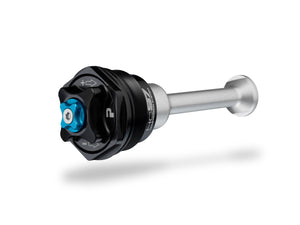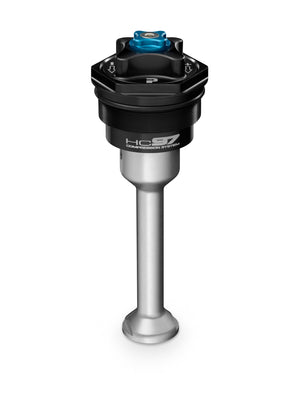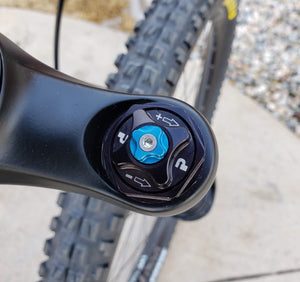I have a 160mm Lyric Ultimate with Charger 2.1 damper. I am a fairly aggressive 225lb rider and found the stock compression valving to be way to harsh. Tried air settings all over the place, 0-3 tokens, and serivicing but could never get support and small bump compliance at the same time.
Installed HC97 with 5wt oil and linear rebound tune. Feels like a completely different fork. Started with reccomended settings from PUSH and ended up a few clicks stiffer. Small bump compliance is greatly improved. Adjustments are noticeable and range is incredible. Also was able run two tokens instead of none. Highly reccomend trying the HC97 before replacing your fork. Wish PUSH was still working on fixing products from Rockshox instead of focusing on their own suspension.



